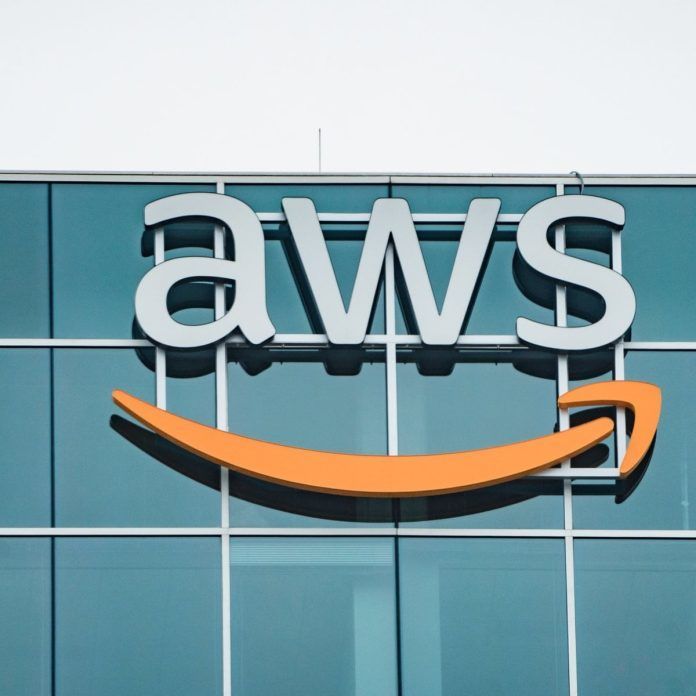Microsoft Confirms GoAnywhere Exploitation: What IT Leaders Need to Know
How a Zero-Day in GoAnywhere MFT Sparked a Ransomware Wave—and What Mid-Sized IT Leaders Must Do Now
As cyber threats evolve, mid-sized organizations remain prime targets for ransomware groups exploiting vulnerabilities in widely used tools. Recently, Microsoft Threat Intelligence confirmed that a financially motivated group, tracked as Storm-1175, actively exploited a maximum-severity vulnerability (CVE-2025-10035) in GoAnywhere Managed File Transfer (MFT) software. This flaw allowed attackers to execute remote code, install monitoring tools, deploy web shells, and ultimately launch Medusa ransomware attacks.
What Happened?
- The vulnerability was exploited as a zero-day, giving attackers a head start before patches were released.
- Attackers leveraged built-in Windows utilities for lateral movement and used tools like Rclone for data theft.
- Indicators of compromise (IOCs) were later added to Fortra’s advisory, but transparency from the vendor has been limited.
Why It Matters for Mid-Sized Organizations
File transfer services like GoAnywhere often handle sensitive data, making them high-value targets. Exploitation can lead to:
- Data exfiltration and extortion
- Operational downtime
- Regulatory and reputational risks
Action Steps for IT Leaders
- Patch Immediately: Ensure GoAnywhere MFT instances are updated to the latest version.
- Monitor for IOCs: Review logs for suspicious activity using indicators provided by Fortra and Microsoft.
- Harden Access Controls: Implement MFA and least-privilege principles across all systems.
- Layered Defense: Combine endpoint protection, network monitoring, and threat intelligence to reduce exposure.
- Incident Response Readiness: Validate your ransomware playbook and backup strategy.
The Bigger Picture
This incident underscores the importance of proactive vulnerability management and vendor transparency. Mid-sized organizations often lack the resources of large enterprises, making partnerships with trusted security providers and managed detection services critical.




